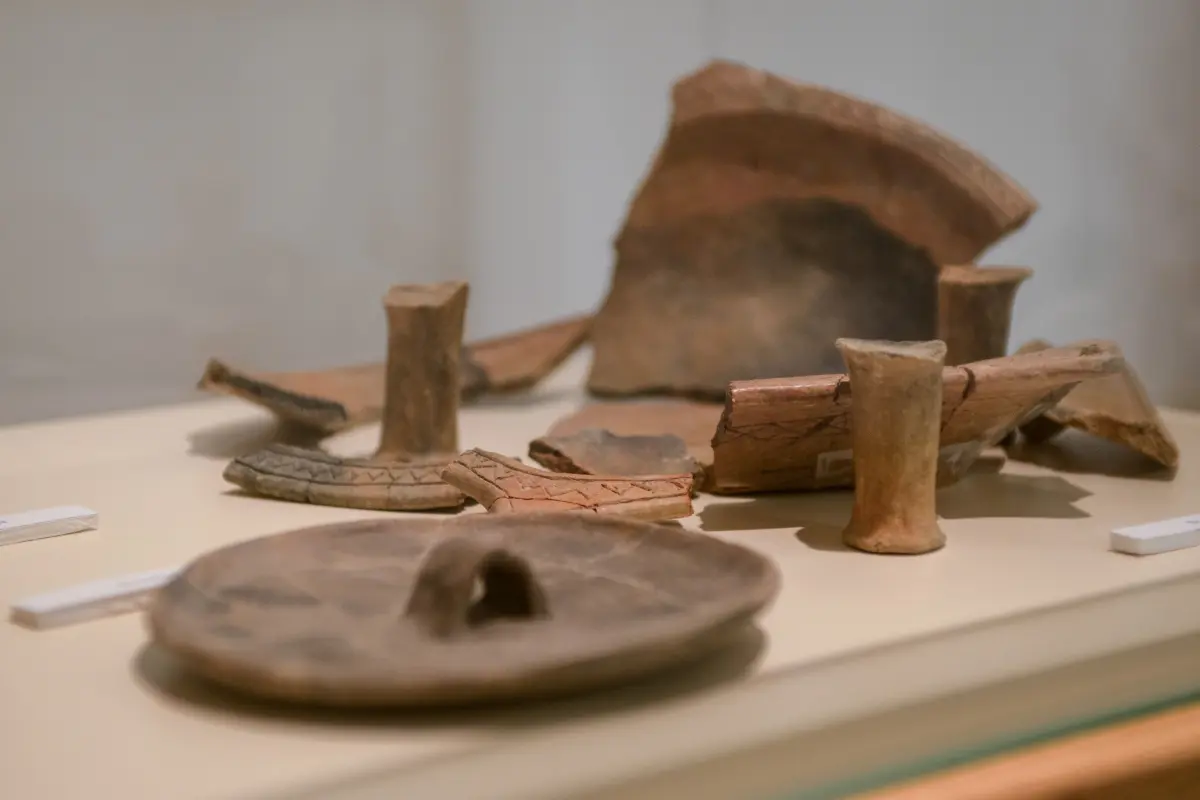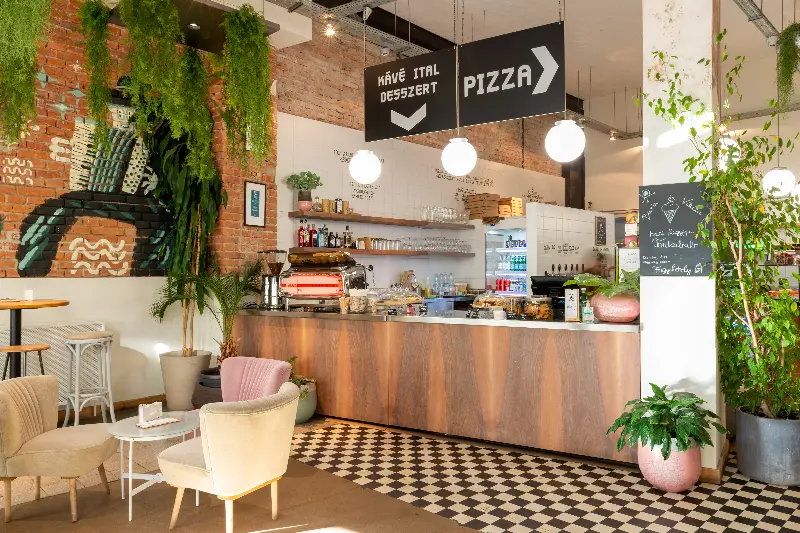
Helyszín címkék:
From vinegar factory to exhibition space – the “Hatvani Galéria” (Hatvan Gallery)
Bóday Csilla
The credo of the Hatvan Gallery
The gallery set out to be an important point of reference for people interested in the fine arts, to reach out to ordinary people who let their works prevail over their usual good intentions, who allow "art-centricity" and who therefore adhere to a more traditional method of representation. In other words, to win the public over to classical values by presenting the realist movement of Hungarian art consistently. From 1971 until the demolition of the House of Culture in 1980, over sixty group and individual exhibitions were held within these old walls. In 1974, the Hungarian Landscapes Biennial series was launched here, where the great generation of Hungarian artists - Jenő Barcsay, Kálmán Csohány, István D. Kurucz, József Somogyi, Sándor Mikus, Iván Szabó, Aurél Bernáth, Sándor Vecsési, István Kiss, József Németh, Piroska Szántó - also competed. Due to the novelty of the event, the Hungarian National Gallery regularly took the exhibition series to the Buda Castle after the Hatvan presentation, so that the Budapest public could enjoy the show as well. Three years later, in 1977, the Portrait Biennial of Faces and Fates was also a great success, where Sándor Vecsési, Frigyes Janzer, József Németh, Pál Kő, Róbert Csíkszentmihályi, Ignác Kokas from the middle generation of that time were also featured, and several of them even won. As a result of these successes, Moldvay signed a cooperation agreement with Miklós Borsos, the rector of the College of Fine Arts and as a result, the young artists came to Hatvan for a summer art camp. The best works of the graduating sculptors were brought to the city, enriching our public sculptures with a statue of János Damjanich, a statue of Bálint Balassi and a portrait of György Dózsa.

Many renowned artists have enhanced the gallery's reputation
The Hatvan Gallery was inaugurated on 21st June 1980, and its activities have broadened over the years. Ferenc Trischler, Róbert Kőnig, Győző Somogyi, Csaba Fejér, László Patay, Sándor Győrfi, János Szurcsik, Sándor Kligl, Márta Lacza, András Szunyoghy, Péter Stefanovits - many of then young, but now prominent figures of the art world - had their first solo exhibition here. The building, which is increasingly becoming a multidisciplinary centre for the arts, is home to a free University of Fine Arts, a series of lectures on the history of religion, small chamber concerts and independent theatre performances. Looking back over several decades, we could compile a very illustrious list of artists who have performed here, to name just a few: Ferenc Bessenyei, Violetta Ferrari, László Szendrey-Karper guitarist, Ildikó Pécsi, József Gregor, Hédi Váradi, Cecília Esztergályos, Tibor Bitskey, Sándor Csoóri, Imre Sinkovics and many more.

What it can offer today...
Every month, the gallery's circle of friends took buses and travelled to Hungarian artistic centres - Zebegény, Szentendre, Tihany, Győr, Kecskemét, Szolnok, Hódmezővásárhely - to visit the studios of local artists and learn about the creative process. In fact, the tours have continued in Hungarian areas beyond the borders, meeting the artists working there. After the death of Győző Moldvay on 4th August 1996, the gallery was managed by an Art Advisory Board, which has since changed both its image and its management. However, his innovative ambitions and visually Avant-Garde exhibitions can still be seen today. The original Hungarian Landscapes and Faces and Fates biennials are still held alternately every year. But there is also a decades-long history of international children's drawing exhibitions, Contemporary Church Art exhibitions, and the recently-launched international biennials of small graphic art. If you visit the Hatvan Gallery, you will not be disappointed.






